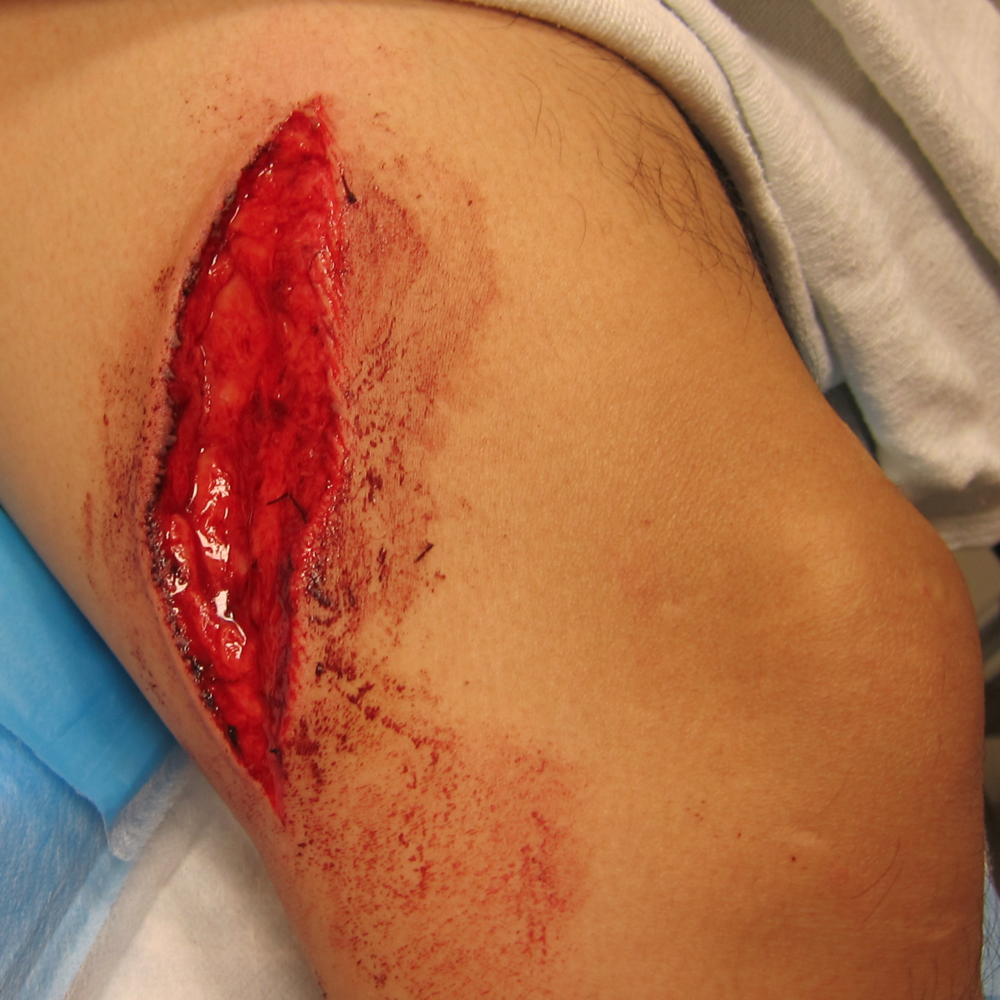One of the skills most frequently taught and asked for by EM bound students is suturing. It's also one of the ways to shine as student rotating in the Emergency Department. Repairing lacerations is a common task for most emergency physicians on an average shift and is part of our core knowledge, but it is also time consuming. Offering to assist is a great way to help your EM team on shift.
In many academic centers complex lacerations involving the face and other cosmetically important areas might involve a plastics or OMFS consult, but not always. On one shift in a rural hospital I covered I once spent two and half hours suturing an ear back together that had been blown apart by a firecracker.
Here are some key pieces of advice and my favorite online resource to get you started so you're ready to jump in and help on your next shift.
- Spend some time at home learning and practicing. You won't be much help if you don't have at least some of the basic skills under your belt.
- Be proactive and offer to help or repair any laceration that comes in.
- Know your limits and ask for help when you need it. It's better to ask than to have your supervising resident or attending have to come an redo your work.
Closing the Gap is created by Dr Brian Lin, an EM physician in the Bay Area and it has everything you need to hone your skills from basic to advanced techniques.
Repairing lacerations well can be a very satisfying part of an ED shift. Now is the time to get good at it.


deep cuts are awful and they end up hurting bad and needing stiches which i hate because i dont like the scars of it. my prayers go out to anyone who has faced a serious injury.
ReplyDeleteFeeling bad for the cuts. These deep cuts always leave some black dark marks on the skin. Yes! students should be taught of treating wounds and first aid medical in emergency. Practice is obviously required for everything.
ReplyDelete